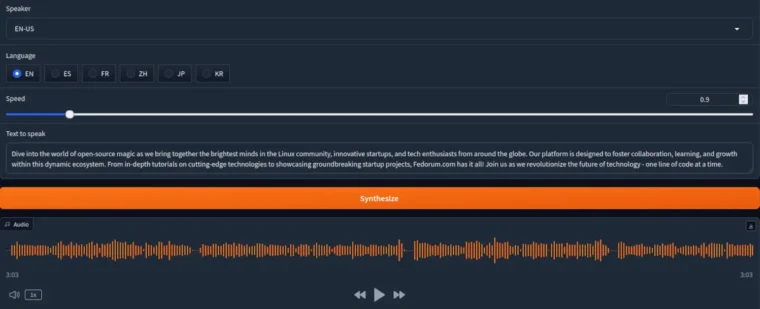Ultrawide monitors are amazing and so are 4K monitors but which one is better for programmers and designers? Unlike never-ending arguments, screen resolutions can easily be compared with the help of math so let’s do just that.
For the record, I work only with straight, non-curved displays. Curved monitors look to me as if the top and bottom edges are not parallel. Kind of the reverse barrel effect if there is such a thing.
Ultrawide Monitor Screen Dimensions
An ultrawide monitor is very nice for publishing and graphic design as well as watching the occasional movie. Ultrawide monitors especially shine for video and audio editing because those programs are laid out for wide displays. The 1440p resolution is nice and easy on today’s graphic cards.
But you already know all of that which is why I want to turn to math as it shows a different picture.
My 34″ ultrawide LG monitor has the following screen dimensions:
Screen width: 31.5″ or 80 centimeters (800 mm)
Screen hight: 13 1/4″ or 33.5 centimeters (335 mm)
Note that the above dimensions measure the real lit up screen and not the actual monitor. After all, it is the working area we are interested in.
32″ 4K Monitor Screen Dimensions
I love ultrawide displays and find myself often working on it but when I had to decide between buying a second one or a 32″ 4K monitor, I opted for the 4K monitor. The main reason was based on the fact that much of my work is done with a WACOM PRO tablet. Maping a 16:9 tablet to a 21:9 ratio means that not all of the tablet could be used. It was a tough decision but in the end, the 32″ display won. Here are the actual working screen dimensions without bezel.
Screen width: 27.5″ or 70 centimeters (700 mm)
Screen height: 15.5″ or 39 centimeters (390 mm)
What is the difference
With wise, the ultrawide is the winner but when it comes to height, the 32″ 4K monitor makes up for it nicely. Previously, I used a dual 28″ setup with a Windows 10 font scaling of 150. This particular setting made Cubase, my DAW look awkward. If I set the font scaling to 125, then Cubase would automatically down-scale which in turn made the text unreadable. Since recording sessions usually take several hours to complete, my eyes would have paid a huge price.
There are other apps which also benefit from the height gain. Most web pages show a lot of vertical content and I prefer to see more and scroll less.
Conclusion
Monitors are crucial to the way we work. Giving up a dual 28″ 4K setup was not easy but thanks to low prices, worth the effort. I just finished setting up my ACER 32″ 4K monitor and am happy to say that a font scaling of 125 under Windows 10 looks nice.
All my workstations dual boot with Linux and the result is the same. Linux looks awesome on an ultrawide 1440p display. There is no post configuration needed when it comes to font size and screen adjustments. Just specify a nice background and you are set to go. My desktop environment is XFCE which makes fine-tuning the font size a snap. This is true for both, ultrawide and 4K monitors.
A final bonus which I didn’t give much thought before I purchased the new monitor is desk space. I never really used the second 28″ monitor much and the combined with of the displays was just too big to work with. Now I have plenty of room on my desk and enjoy the crisp 4K resolution. I just loaded Reaper, Blender and Shotcut. All apps display nicely and the screen text is easy to read.
Eventually, 4K ultrawide monitors will be the norm but until that happens, I am quite happy with my current setup. An ultrawide monitor connected to a laptop is as big of an improvement as swapping the original hard drive for an SSD. The same goes for moving from 28″ to 32″. My eyes are worth more than the $400 price tag of the monitors. I assume you feel the same way.
Thank you for reading. Now I am off to blend something amazing. 🙂

